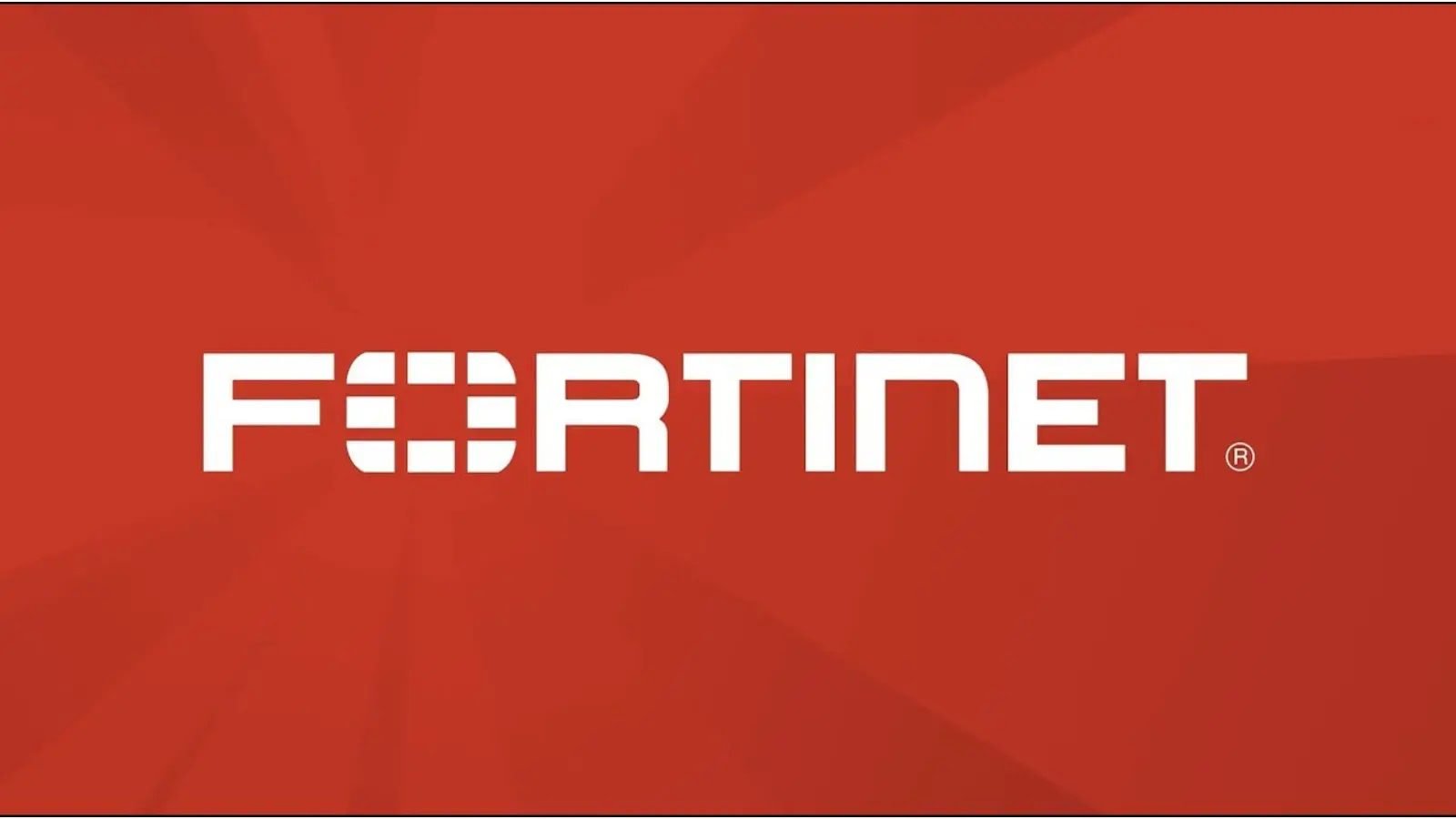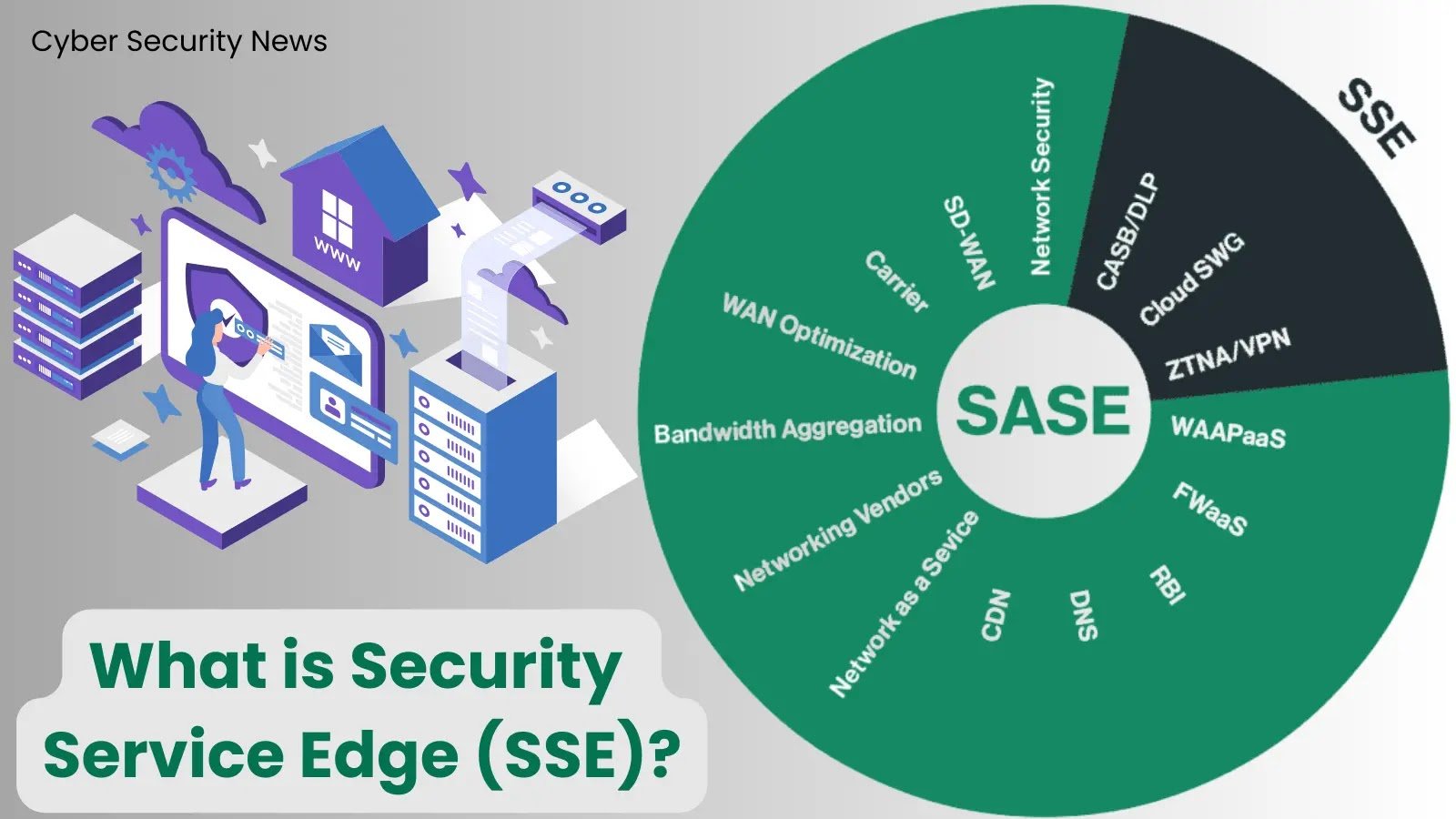What is a Bind Shell? How it Works, Set Up, Prevention
Shells serve as user interfaces that allow interaction with an operating system’s services. They enable users to execute commands, run scripts, and manage files.
Bind shells are among the most popular types of shells, particularly in remote administration and network security.
This article delves into bind shells, their applications, security implications, and how they contrast with reverse shells.
Understanding Bind Shell
A bind shell is a type of shell that listens on a specific port for incoming connections. An established connection provides a shell interface to the remote machine, allowing the user to execute commands on the target system.
This setup is commonly used for legitimate purposes, such as remote administration and troubleshooting.

How Bind Shells Work
In a bind shell setup:
Execution of Malicious Program: A hacker can get a malicious program to run on the victim’s computer by exploiting a vulnerability in the system or tricking the user into running the program.
Opening a Network Port: The malicious program opens a specific network port on the victim’s machine. This port is like an open door waiting for someone to connect.
Attacker Connection: The attacker uses a tool to connect to this open port from their computer.
Access to Command Prompt: Once connected, the attacker can use the command prompt on the victim’s system, allowing them to run commands and control the machine remotely.
This method allows system administrators to efficiently manage servers and networked devices from remote locations.
Applications of Bind Shells
Remote Administration
Bind shells are handy for system administrators who need to manage servers and networked devices from afar.
By connecting to a bind shell, an admin can perform tasks like checking system performance, updating software, and managing configurations without being physically present at the machine.
Testing and Debugging
Bind shells can be useful tools for diagnosing and fixing issues for developers or testers. They allow remote access to a system to execute commands, gather information, and perform necessary tasks to resolve problems.
Convenient Access
Bind shells provide a straightforward way for administrators to access systems remotely without needing complex setups like VPNs.
This simplicity can improve efficiency in remote management tasks. While bind shells are valuable tools for legitimate purposes, they also pose significant security risks if not adequately secured.
Securing Bind Shells
To mitigate these risks, it is crucial to implement robust security measures:
- Strong Authentication: Use strong passwords or public key authentication.
- Access Control: Limit access to trusted users only.
- Firewall Configuration: Configure firewalls to restrict incoming connections to trusted IP addresses.
What is a Reverse Shell?
A reverse shell is a network shell that works oppositely to a bind shell. In this scenario, the victim’s machine initiates a connection to the attacker’s machine, allowing the attacker to control the victim’s system.
This technique is beneficial when the victim’s machine is behind a firewall or NAT (Network Address Translation), which might block incoming connections but allow outgoing ones.

Reverse shells are often used in penetration testing, remote administration, and incident response to gain legitimate access to a remote system.
How Reverse Shell Works
The attacker sets up a listener on their machine, usually on a specific port. The victim’s machine is then compromised through a vulnerability or malicious payload, which executes code to send a connection request back to the attacker’s listener.
Once this connection is established, the attacker can access the victim’s system and execute commands remotely.
While reverse shells are valuable tools for security professionals, they can also be used maliciously, making it essential to implement secure network practices like firewalls and intrusion detection systems to prevent unauthorized access.
Comparison with Reverse Shells
To better understand bind shells, comparing them with reverse shells is helpful.
| Feature | Bind Shell | Reverse Shell |
| Connection Initiation | Listens on a specific port for incoming connections | Initiates connection from target to remote machine |
| Common Use Case | Legitimate remote administration | Often used in penetration testing or attacks |
| Security Concerns | Unauthorized access if not secured | Bypasses firewalls; high risk if exploited |
| Setup Complexity | Requires open port on target | Requires open port on attacker’s machine |
How to Create a Bind Shell
Creating a bind shell involves setting up software like Netcat on the target machine. Here’s a step-by-step guide:
Step 1: Install Netcat
Netcat is a versatile networking tool used to create bind shells. Install it using your package manager:
yum install -y ncStep 2: Choose a Port
Select an unprivileged port (e.g., 1024 or higher) to minimize conflicts with other services.
Step 3: Start Netcat in Listen Mode
Run Netcat in listen mode on the chosen port:
nc -lvp [port_number]- -l: Listen for incoming connections.
- -v: Verbose mode for detailed output.
- -p: Specify the port number.
Step 4: Connect to the Bind Shell
From another machine, use Netcat or similar tools like Telnet or PuTTY to connect:
nc [target_machine_IP] [port_number]Detection and Prevention of Malicious Bind Shells
Given their potential misuse, it’s essential to detect and prevent unauthorized bind shells:
Detection Methods
- Network Traffic Monitoring: Identify unusual activity, such as unexpected incoming connections or excessive data transfer.
- Log Analysis: Examine system and application logs for entries indicating shell activity.
- Intrusion Detection Systems (IDS): Deploy IDS to monitor network traffic and detect suspicious activities.
Prevention Strategies
- Firewall Configuration: Block incoming connections from untrusted IP addresses.
- Patch Management: Regularly update systems with security patches.
- Application Security: Secure applications against vulnerabilities that attackers could exploit.
- User Education: Train users on security best practices and awareness about shell threats.
Bind shells are potent tools for remote administration but have inherent security risks. Understanding their operation, applications, and potential vulnerabilities is crucial for leveraging their benefits while safeguarding systems against unauthorized access.
By implementing robust security measures and maintaining vigilance through monitoring and education, organizations can effectively utilize bind shells while minimizing associated risks.






